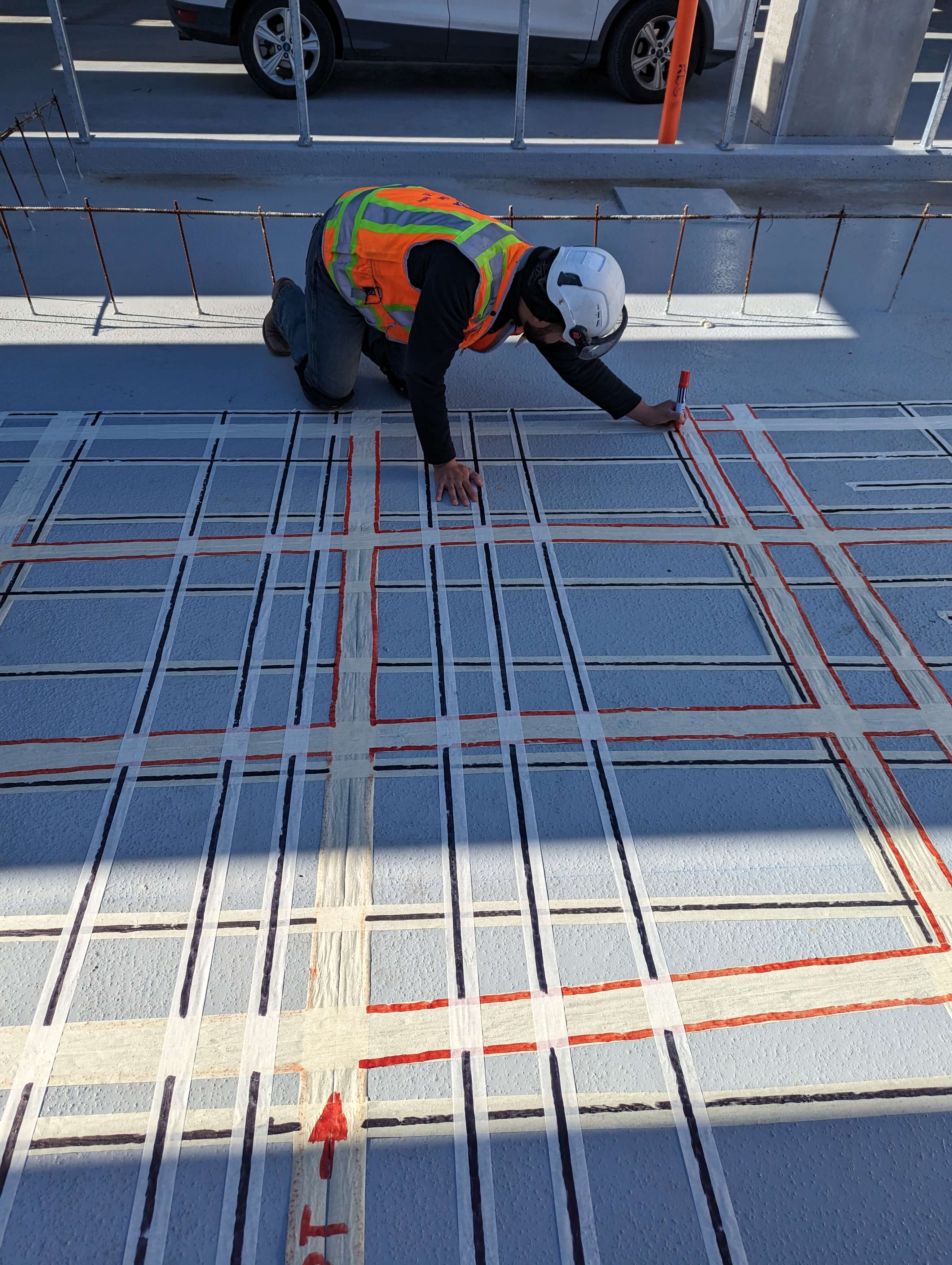Introduce the Transformative Power of Concrete Scanning in Taking Full Advantage Of Effectiveness and Safety
Concrete scanning has become an important tool in the construction industry, offering unparalleled advantages in improving project performance and making sure safety criteria. By using advanced modern technology, concrete scanning enables professionals to see past the surface, revealing covert complexities that might impact the architectural stability of a structure. The transformative power of concrete scanning exists in its capability to offer in-depth understandings and real-time data, revolutionizing how projects are intended and implemented. As we look into the ins and outs of this cutting-edge method, a world of possibilities opens, showcasing a new era of building methods that prioritize precision and security.
Significance of Concrete Scanning
Making certain the architectural integrity and safety and security of construction tasks starts with the crucial action of performing comprehensive concrete scanning. Concrete scanning is a non-destructive technique utilized to find and map subsurface elements within concrete frameworks.
The importance of concrete scanning can not be overstated, as it plays a vital role in stopping accidents, decreasing project delays, and guaranteeing the lasting sturdiness of the construction. By identifying possible risks prior to the construction stage begins, builders can carry out ideal precaution and make informed decisions pertaining to the design and execution of the task. Furthermore, concrete scanning assists in optimizing project timelines and budget plan by preventing unanticipated prices and hold-ups that might arise due to unexpected blockages within the concrete. Ultimately, buying comprehensive concrete scanning is a positive strategy that enhances both effectiveness and safety and security in construction jobs.
Just How Concrete Scanning Works
Concrete scanning operates as an essential device in construction projects by employing advanced modern technologies to identify and map subsurface elements without creating structural damages. Ground Permeating Radar (GPR) and Electromagnetic Induction (EMI) are two key techniques made use of in concrete scanning. GPR works by producing high-frequency radar pulses right into the surface, which recover when they run into subsurface objects or spaces. The time taken for the signal to return indicates the depth and area of the things. EMI, on the other hand, utilizes electromagnetic fields to recognize variances in product make-ups, such as determining rebar or avenues within concrete structures.
During the scanning procedure, the information gathered is analyzed in real-time, permitting instant identification of prospective threats or challenges below the surface. By using these innovative innovations, concrete scanning substantially decreases the risk of pricey problems and injuries on building websites.
Advantages of Concrete Scanning
Using sophisticated scanning technologies in building and construction jobs uses a wide range of advantages, boosting both effectiveness and security on-site. One of the main benefits of concrete scanning is the capability to identify and situate ingrained things such as rebar, post-tension wires, and conduits properly. By recognizing these components prior to boring or cutting right into concrete frameworks, the click over here now threat of accidental strikes is considerably decreased, avoiding potential injuries to employees and damages to the framework itself. Concrete scanning assists in preparation and making much more effectively, as it offers exact details concerning the location and depth of structural elements.

Study: Concrete Scanning Success

In one more instance, a construction business used 3D concrete scanning to analyze the condition old concrete structures in a historical structure. The thorough scans given beneficial understandings into the level of wear and tear and assisted prioritize maintenance efforts efficiently. By proactively dealing with areas of issue determined through scanning, the company was able to expand the life-span of the framework and make sure passenger security.
These situation researches highlight the transformative power of concrete scanning in improving efficiency, accuracy, and safety and security in building and construction tasks.
Applying Concrete Scanning in Projects
Carrying out innovative scanning modern technologies throughout building jobs has become significantly crucial for boosting precision and safety. By incorporating concrete scanning into project preparation and execution, construction groups can identify potential hazards, such as rebar or post-tension wires, hidden within concrete structures. This proactive method minimizes the risk of accidents, hold-ups, and expensive rework, ultimately bring about extra effective job timelines and budgets.
To apply concrete scanning successfully, job managers need to work together very closely with knowledgeable scanning experts to figure out the most ideal scanning strategies for the certain project needs. Involving scanning professionals from the beginning of a project enables the group to create extensive scanning strategies that address crucial locations of concern and guarantee comprehensive information collection.
Moreover, integrating concrete scanning right into normal job operations can improve decision-making procedures, as real-time scan information supplies prompt understandings right into the problem of concrete structures - Concrete Scanning. This data-driven method assists in educated problem-solving and enables teams to make adjustments discover here immediately, cultivating a society of performance and safety and security throughout the project lifecycle

Final Thought
In conclusion, concrete scanning plays an important role in enhancing performance and security in building jobs. By utilizing innovative modern technology to identify and map out underlying structures within concrete, this process aids to avoid pricey mistakes, make certain architectural integrity, and reduce threats on website. With the ability to discover hidden components and supply accurate data, concrete scanning confirms to be an important device for optimizing project end results and maximizing general success.
Concrete scanning is a non-destructive approach made use of to detect and map subsurface aspects within concrete frameworks. In addition, concrete scanning aids in optimizing job timelines and budget by staying clear of unexpected expenses and hold-ups that might arise due to unexpected blockages within the concrete. One remarkable instance study involves a large-scale remodelling job where concrete scanning played an important role in guaranteeing project success.In another instance, a construction business used 3D concrete scanning to evaluate the condition of aging concrete structures in a historic structure. By incorporating concrete scanning right into job planning and execution, construction teams can identify possible threats, such as rebar or post-tension wires, concealed within concrete structures.